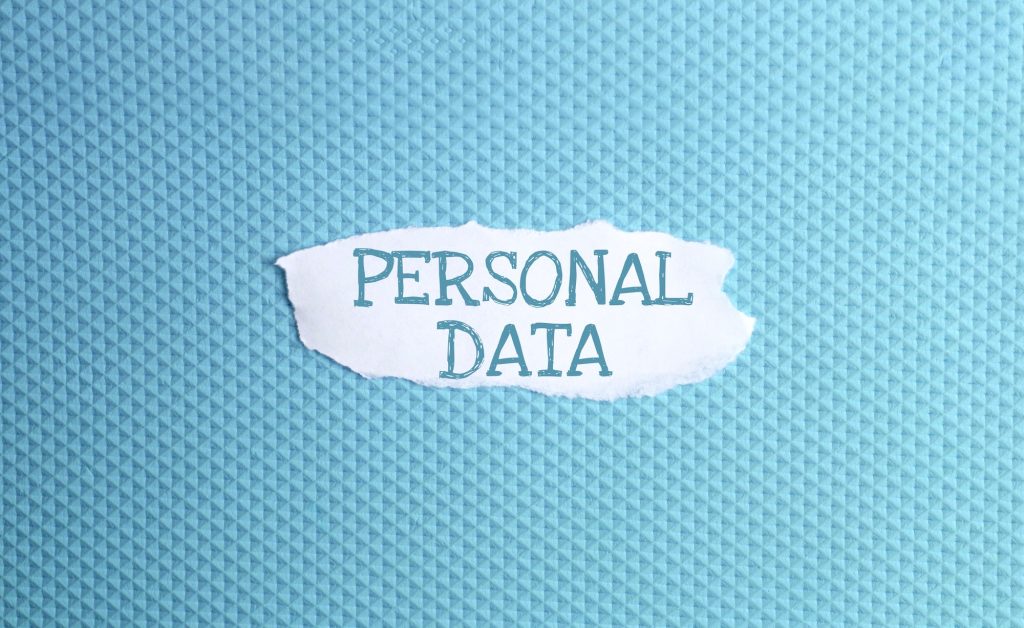
In today’s digital age, personal data has become an invaluable asset. From financial information to medical records, our data is stored and transmitted through various technological platforms. However, with the increasing prevalence of cyber threats and data breaches, the need for robust security measures to safeguard personal data has never been more critical. Technology is pivotal in protecting sensitive information from unauthorized access and ensuring its integrity.
One of the primary ways technology safeguards personal data is through encryption. Encryption is a process that converts plain text into unreadable code, making it indecipherable to anyone without the proper decryption key. By encrypting personal data during transmission or storage, technology ensures that the information remains secure and unusable even if intercepted by hackers or malicious actors.
Authentication technology advancements have significantly enhanced personal data protection. Traditional methods such as passwords are no longer sufficient due to their vulnerability to hacking techniques like brute force attacks. As a result, biometric authentication methods such as fingerprint scanning or facial recognition have gained popularity. These technologies provide an additional layer of security by verifying an individual’s unique biological traits before granting access to sensitive information.
Moreover, technology enables individuals to control their data through privacy settings and permissions management tools. Social media platforms and online services now offer users granular control over what information they share with others and who can access it. This empowers individuals to protect their privacy by limiting the exposure of their data only to trusted parties.
Additionally, technology has facilitated the development of sophisticated intrusion detection systems (IDS) and intrusion prevention systems (IPS). IDS monitors networks for suspicious activity or unauthorized access attempts, while IPS actively blocks potential threats from entering a system altogether. These technologies work together to identify potential vulnerabilities in real-time and prevent unauthorized access before any harm can occur.
However, despite these advancements in technology-driven security measures, it is essential to acknowledge that every system is foolproof. Cybercriminals constantly evolve their tactics, and new vulnerabilities are discovered regularly. Therefore, individuals and organizations must remain vigilant about the latest security practices.
Technology is vital in safeguarding personal data in today’s digital landscape. Encryption, authentication technologies, privacy settings, and intrusion detection systems all contribute to protecting our sensitive information from unauthorized access. However, it is essential to recognize that technology alone cannot guarantee complete security. It requires robust technological solutions and user awareness to safeguard personal data in an ever-evolving threat landscape effectively.
